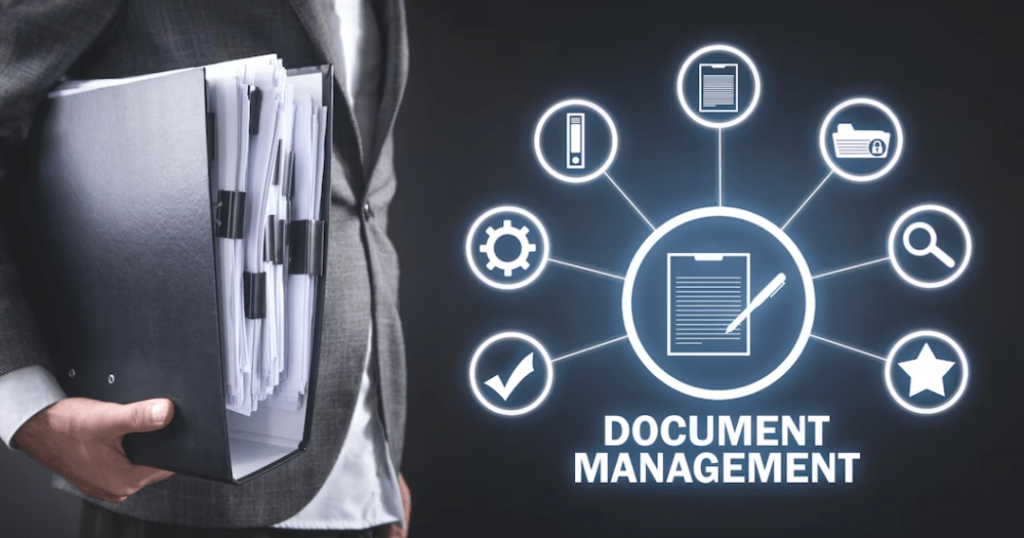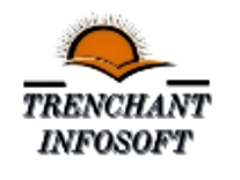
A Document Management System (DMS) is a software solution designed to store, manage, organize, and track electronic documents and files in a systematic and efficient manner. DMS software helps organizations transition from paper-based document management to digital processes, enhancing collaboration, accessibility, and security of documents. Here’s an overview of key aspects of a Document Management System:
Key Features and Aspects of a Document Management System:
- Document Storage and Organization: DMS provides a centralized repository for storing documents, making it easy to organize files by folders, categories, metadata, and other attributes.
- Version Control: DMS allows users to maintain multiple versions of a document, ensuring that changes are tracked, and users can access or revert to previous versions as needed.
- Search and Retrieval: Advanced search capabilities help users quickly locate documents using keywords, tags, metadata, or content searches.
- Access Control and Permissions: DMS provides role-based access control, allowing administrators to define who can view, edit, share, or delete documents based on their roles and responsibilities.
- Collaboration and Sharing: DMS enables teams to collaborate on documents in real time, with features such as co-authoring, commenting, and document sharing. This reduces the need for emailing attachments.
- Workflow Automation: Some DMS solutions offer workflow automation, allowing documents to follow predefined approval processes, notifications, and routing based on business rules.
- Security and Encryption: DMS includes security features to protect sensitive documents, such as encryption, user authentication, and audit trails to track document access and changes.
- Integration with Other Tools: DMS can integrate with other software tools like email clients, customer relationship management (CRM) systems, or enterprise resource planning (ERP) systems.
- Document Capture and Scanning: Many DMS solutions allow you to scan paper documents, convert them to digital formats, and store them electronically.
- Metadata and Tagging: DMS uses metadata (such as document type, author, creation date) and tagging to categorize and classify documents for easier retrieval.
- Compliance and Auditing: DMS helps organizations meet compliance requirements by maintaining an audit trail of document activities and changes.
- Remote Access: Cloud-based DMS solutions enable users to access documents from anywhere with an internet connection, promoting remote work and collaboration.
- Retention Policies: DMS allows you to define document retention policies to ensure that documents are kept or disposed of according to legal and regulatory requirements.
- Backup and Disaster Recovery: DMS solutions often include data backup and recovery features to protect documents from data loss.
- Scalability: DMS should be able to accommodate growing document volumes and users without compromising performance.
DMS software benefits a wide range of industries, from small businesses to large enterprises, by reducing paper usage, streamlining workflows, enhancing collaboration, and improving document security. The specific features and capabilities of a DMS may vary based on the solution provider and the organization’s needs.
